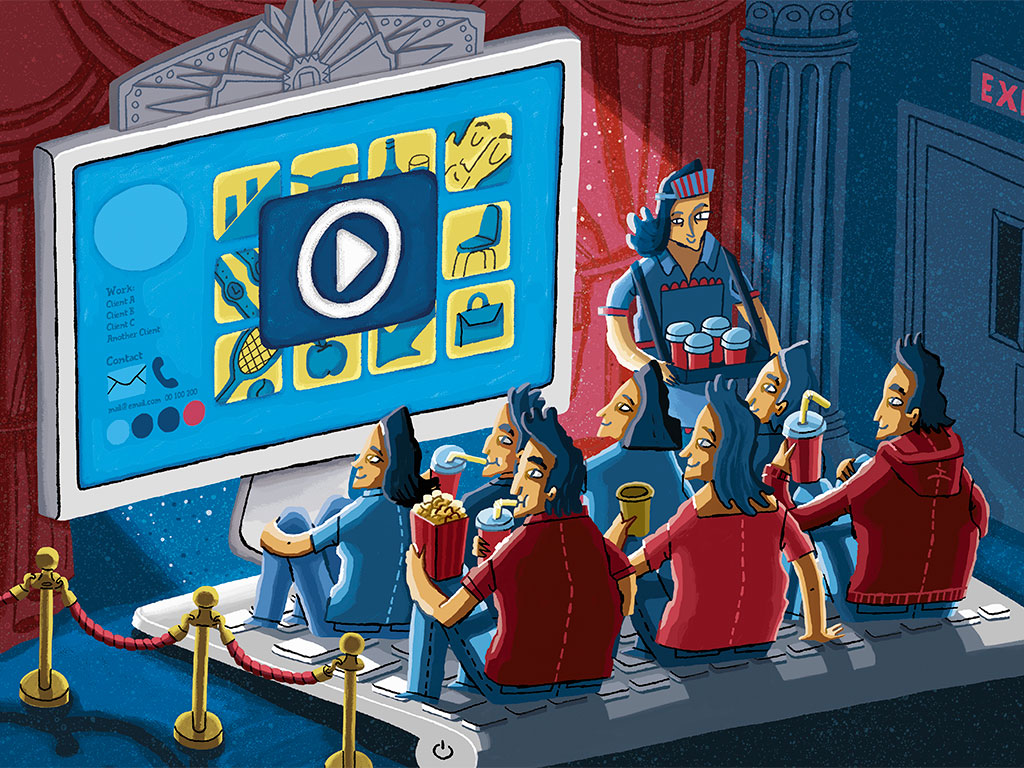YouTube blocks ads on smaller channels
In an attempt to appease advertisers, YouTube will only allow ads to be run on channels with over 10,000 total views

In removing automatic advertising from videos with fewer than 10,000 views, YouTube is working to appease worried advertisers as to what material their content will accompany
Amid a growing number of advertisers pulling their support from YouTube, the Google-owned company has announced new measures designed to reassure businesses the platform is safe. Users with fewer than 10,000 total views will not be able to run the service’s programmatic advertisements with their content. This move may provide advertisers more confidence when spending with the service, but YouTube’s creator base is unlikely to be supportive.
YouTube’s plans, which the company said have been in development since November last year, were detailed in The Wall Street Journal. With this focus on bigger channels, the company said it can ensure advertising runs alongside appropriate content. Channels that have over 10,000 views are a minority on the service; data company Pex estimated only 12 percent of YouTube channels reach this threshold.
Previously, almost any YouTube channel could be approved to run advertisements through the company’s network
The move represents a significant change in stance for the company. Previously, almost any YouTube channel could be approved to run advertisements through the company’s network, and subsequently generate a small payment. YouTube said the decision was designed to prevent channels that steal content from generating any revenue.
The decision is also likely to prevent advertisements from appearing alongside content that includes hate speech, with a number of advertisers pulling their budget for the service as the issue has gained significant attention. With a far smaller pool of videos running with advertisements, YouTube will have a far easier job of policing its service
The decision will be welcomed by companies keen to guarantee that their content doesn’t end up supporting offensive or hateful content, but it is unlikely to be welcomed by YouTube’s creator community. With a threshold now in place, aspiring YouTube stars will have a long road to prove themselves before being able to profit from their work.
With this decision, YouTube is continuing its transition from free-wheeling start-up to a business that behaves a lot more like a traditional media company. It is now also offering a subscription tier with exclusive content, and in some US markets even a cable TV package.













